
A team of paleontologists has excavated the tooth of an extinct mammal, a contemporary of the Arctic dinosaurs, from a Cretaceous coniferous forest. It is the only known trace of such a small mammal adapted to the climate of the high latitudes of this geological era.
On the eve of the 5th Extinction event, a kind of tiny shrew inhabited northern Alaska, where a tooth the size of a grain of sand has been found by a team of paleontologists on the banks of the Colville River, not far from its mouth in the Beaufort Sea. The tooth belongs to a species newly described in the Journal of Systematic Paleontology on August 5.
Excavations took place in 2018 in Upper Cretaceous sedimentary strata of a river dating from around 73 million years BC, known for its dinosaur fossils, such as a Pachyrhinosaurus. The Prince Creek Formation is accessible by snowmobile or aircraft 75 miles from Deadhorse.
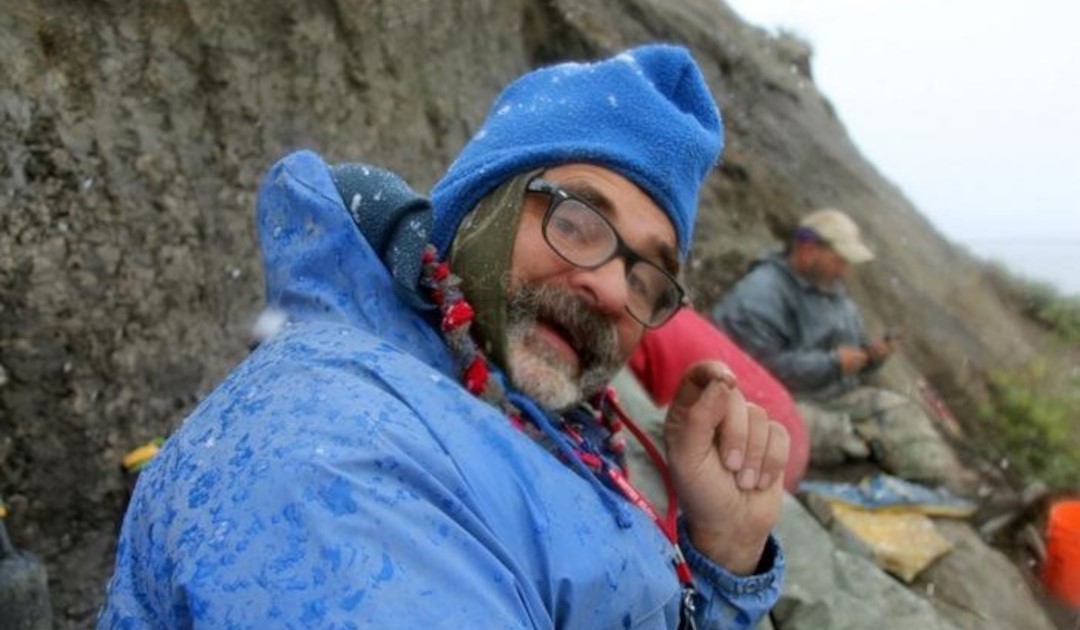
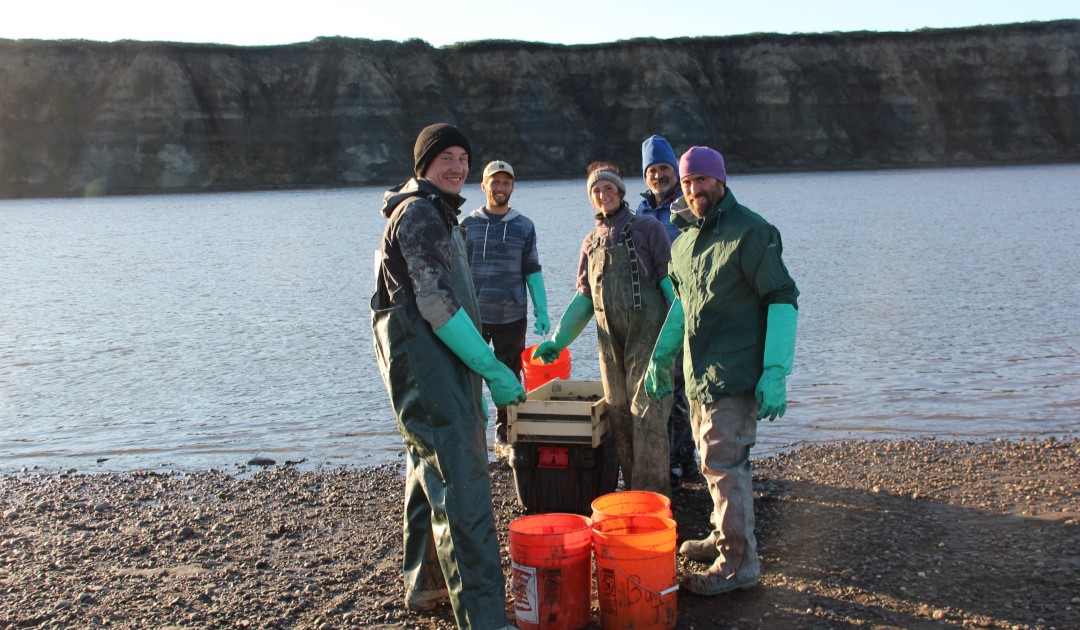
Jaelyn Eberle searches for traces of past life between sand and clay samples, using a microscope, at the Natural History Museum of the University of Colorado in Boulder. She is a member of a team of four researchers, the authors of the study, who specialize in invertebrate, vertebrate, dinosaur and plant fossils and mass extinctions. “I still expect to find evidence of the existence of half a dozen new species that are now extinct,” she comments.
Through the lens of her microscope, she came across a small tooth in a perfect state of preservation. Most mammal remains from this period are fragments of jaws or teeth. “Comparable to modern teeth, it has probably not changed, as its enamel is very resistant”, she assures us.
The species has been named Sikuomys mikros, “Siku” meaning ice in Iñupiaq and “mys mikros” deriving from Greek for “little mouse”, belonging to the Gypsonictopidae, an extinct mammal genus. The Sikuomys might have resembled a shrew weighing around 10.8 grams, “it’s the size of the teeth that allows us to estimate its body mass, and this is the first time I’ve had to use micrometers in a mammal fossil study!” adds Jaelyn Eberle. At its longest, the tooth measures 1.5 mm. “This is the most northerly Cretaceous evidence of such a small mammal,” she notes. Today, the site is at 70 degrees north, but was at between 82 and 85 degrees north latitude during that period.
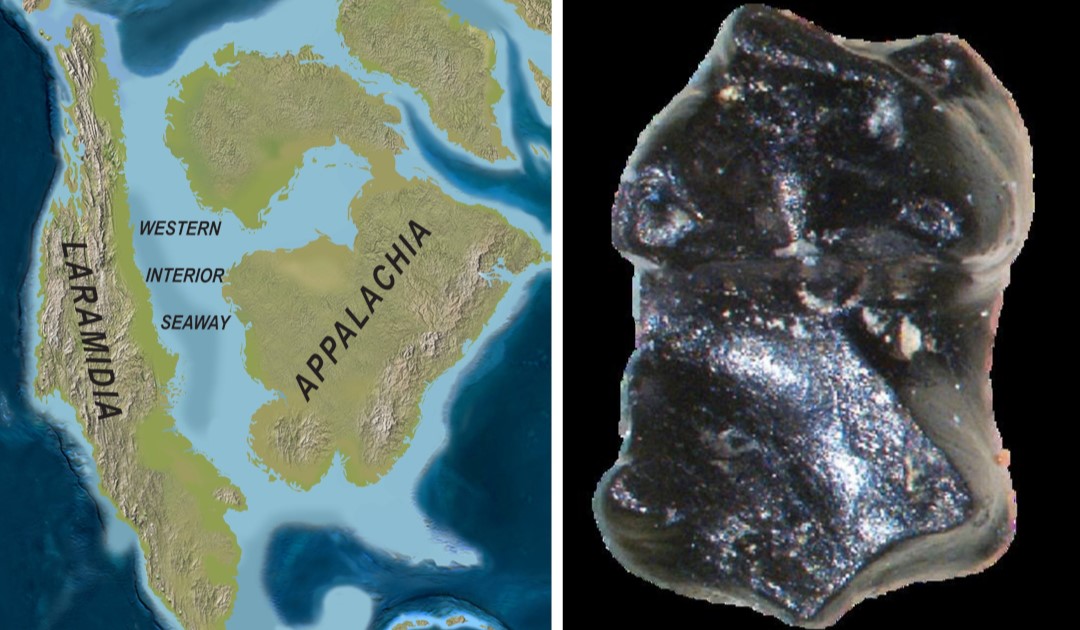
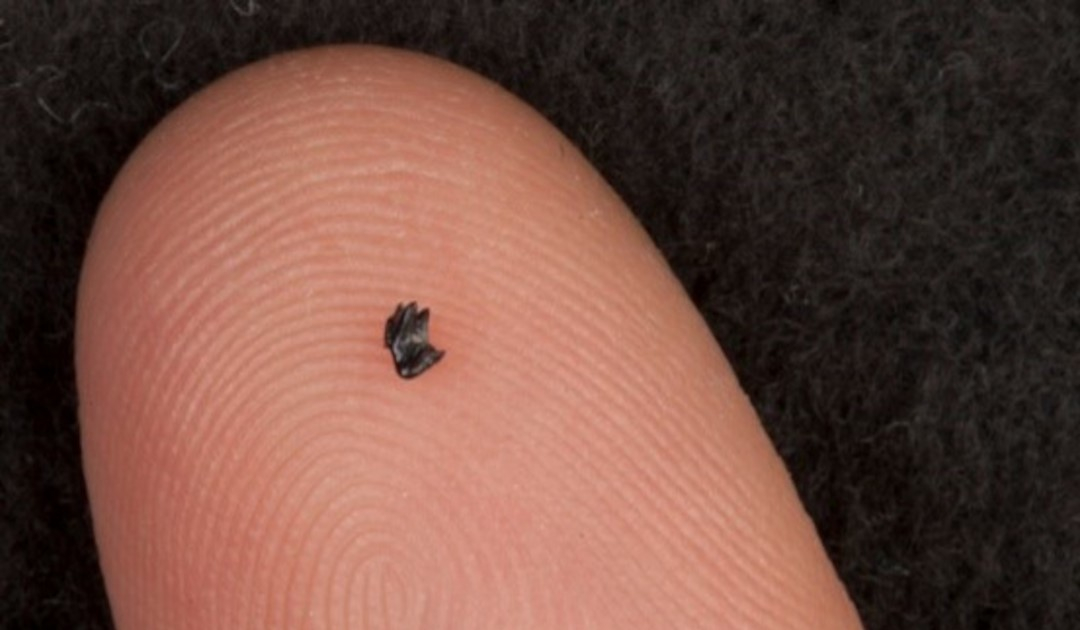
It was probably active all year round and did not hibernate, feeding on insects, worms and larvae. “We’re not sure, but its dentition could belong to an omnivorous type, so I suspect it would have been able to eat seeds during the winter,” she adds.
During the Late Cretaceous (100 – 66 ma), Arctic conditions were cold during the four months of winter nights. The average annual temperature was probably around 6°C. An open forest, with conifers comparable to redwoods, was home to carpets of flowering plants and ferns, trodden by dinosaurs and browsed by birds and mammals.
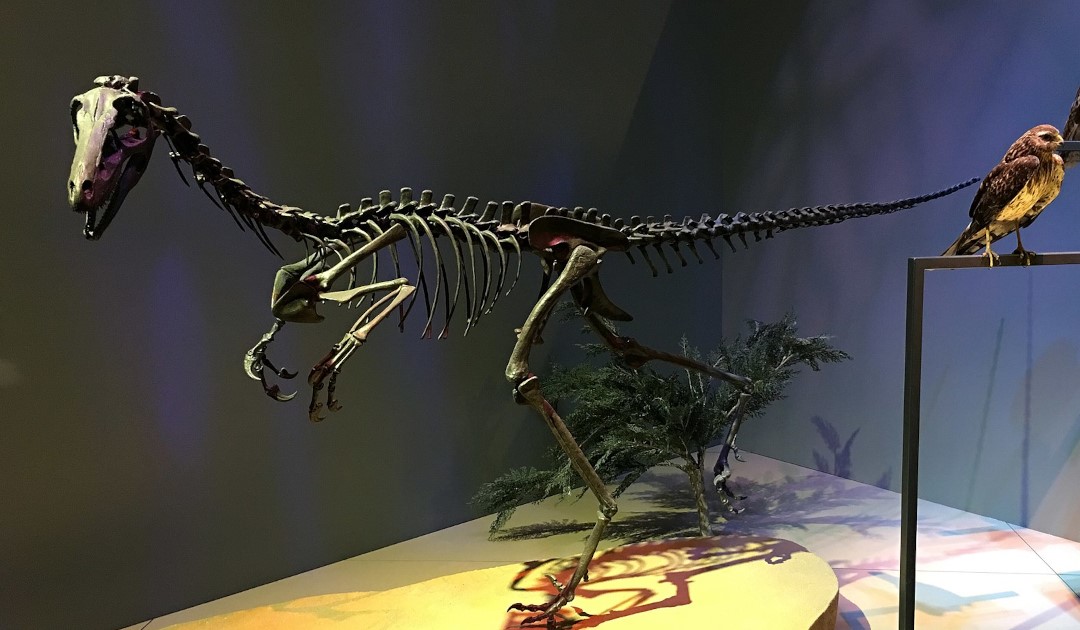
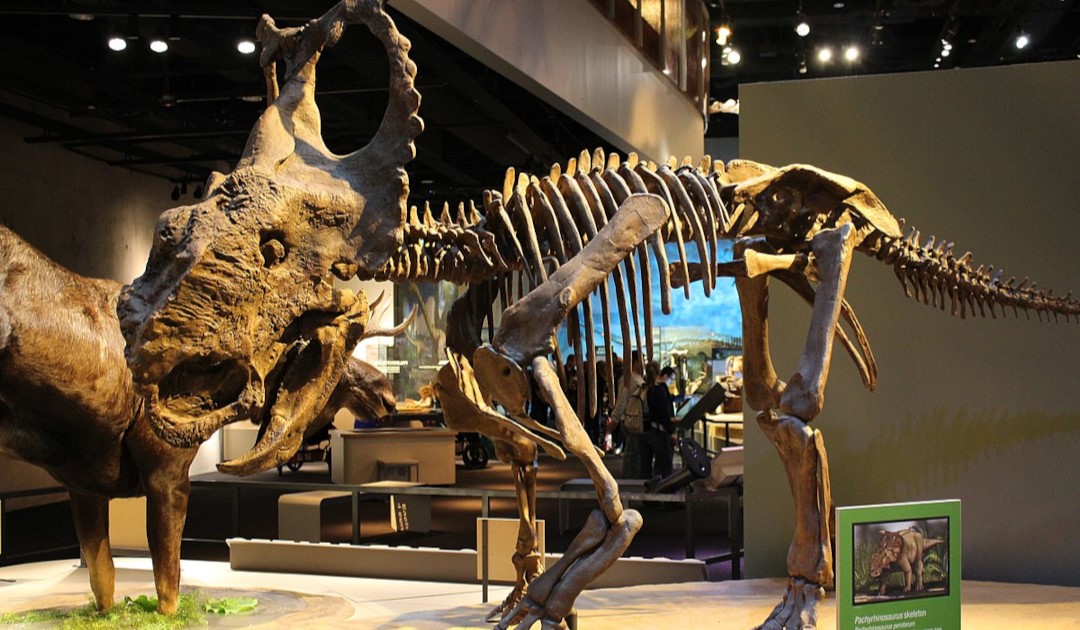
“In winter, it froze, and probably snowed,” she describes. There was little food during the cold season, so the sikuomys didn’t need much energy thanks to their small size. Further south, their close cousins were five times larger. “We can imagine that they lurked under leaves and dug underground to improve their chances of survival, a lifestyle similar to today’s Arctic shrews,” notes the paleontologist.
This way of life could have helped species related to the Sikuomys to survive the 5th mass extinction at the end of the Cretaceous, 66 million years ago, caused by gradual climate change, intense volcanic activity and the sudden impact of a meteorite.
Camille Lin, PolarJournal
First image: Kevin May
Find out more:





